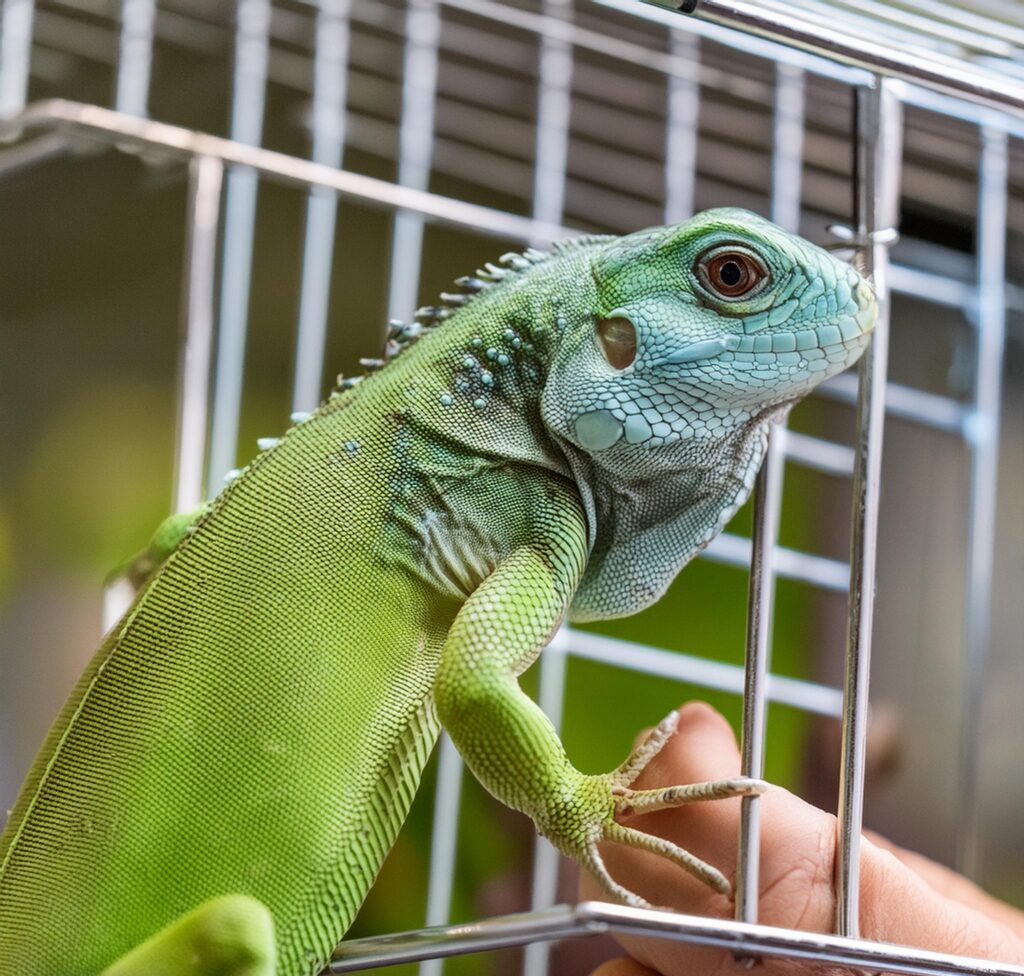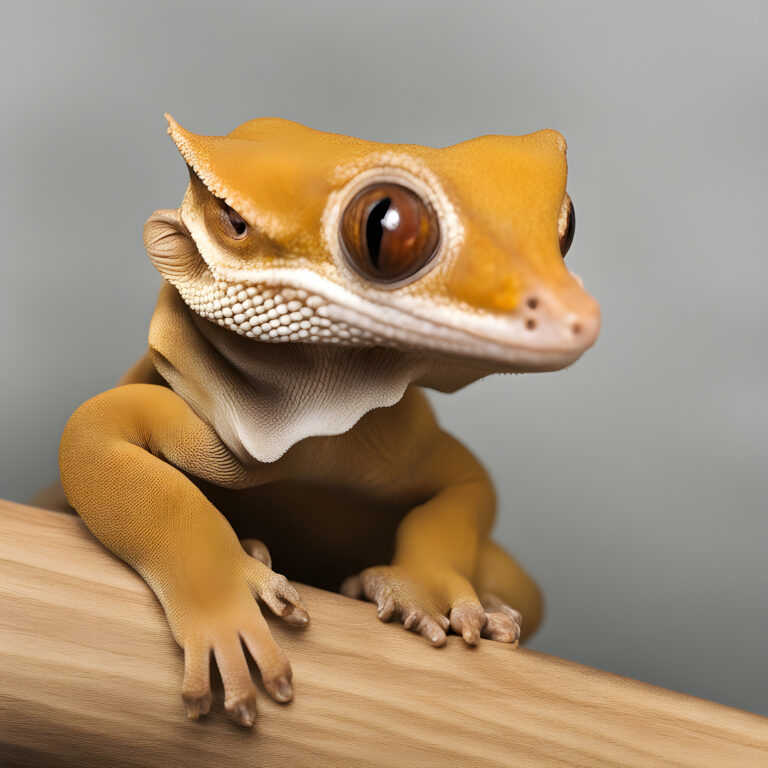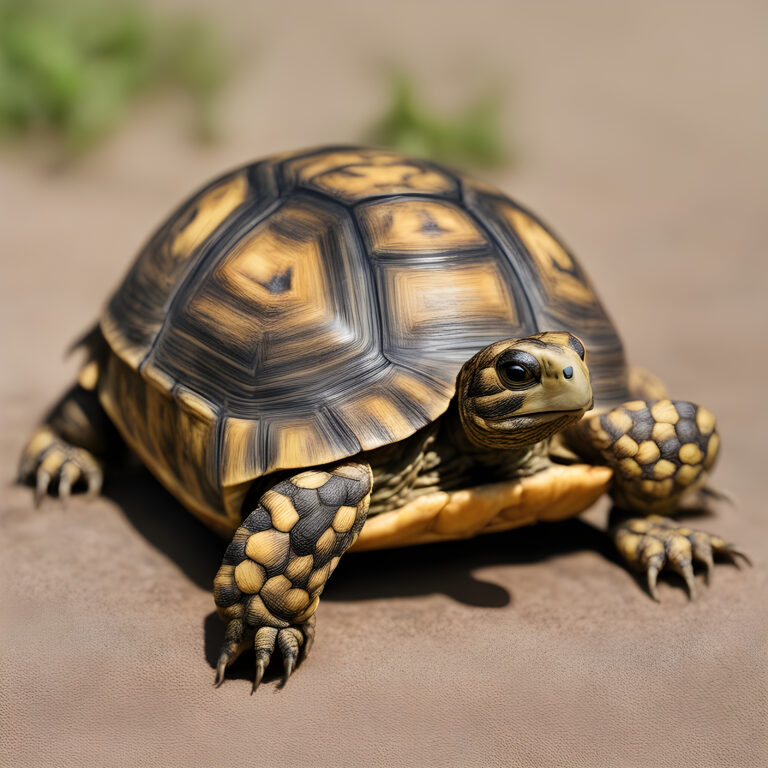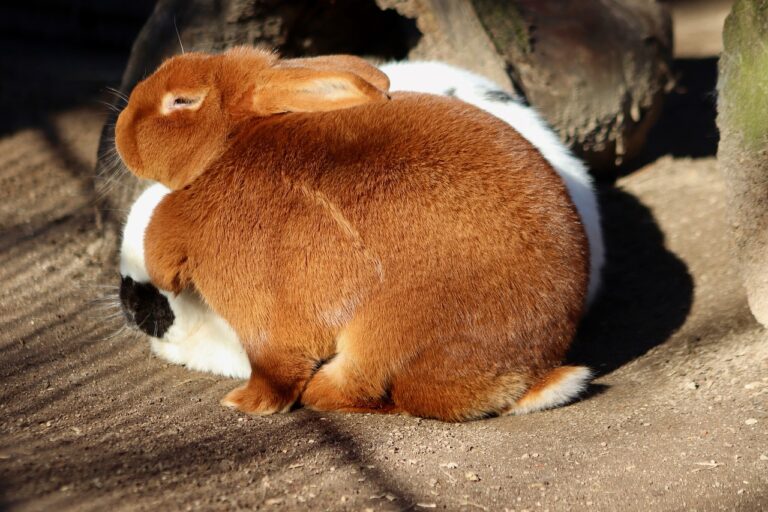Impact of Enclosure Size on Reptile Behavior and Health
Why enclosure size is important for reptile behavior and health
Reptiles, like any other living beings, have specific behavioral and health needs. The size of their enclosure plays a vital role in fulfilling these needs. A properly sized enclosure allows reptiles to engage in natural behaviors, such as climbing, exploring, and basking, which are essential for their mental and physical well-being.
When reptiles are confined to small enclosures, they are deprived of the opportunity to express their natural instincts. This can lead to boredom, stress, and frustration, which may result in behavioral issues such as aggression, self-harm, and decreased appetite. Providing a spacious enclosure replicates the reptile’s natural habitat, allowing them to exhibit their natural behaviors and reducing the risk of behavioral problems.
Moreover, the size of the enclosure also affects the reptile’s overall health. Inadequate space can lead to physical health issues, such as obesity, muscle atrophy, and respiratory problems. Reptiles need space to move, stretch, and exercise their muscles, which is crucial for their development and maintaining a healthy weight. Additionally, a cramped enclosure can hinder proper thermoregulation, leading to temperature-related health issues.
In summary, enclosure size plays a pivotal role in reptile behavior and health. Providing an appropriately sized enclosure allows reptiles to engage in natural behaviors, reduces stress, and promotes overall well-being.
Common behavioral issues caused by inadequate enclosure size
Insufficient enclosure size can have significant impacts on reptile behavior. When reptiles are confined to cramped spaces, they often exhibit behavioral issues as a result of stress and frustration. Let’s explore some common behavioral problems caused by inadequate enclosure size.
- Aggression: Limited space can lead to territorial disputes and aggression among reptiles. In small enclosures, reptiles may feel the need to defend their territory, leading to conflicts with cage mates. This aggressive behavior can result in injuries and stress for the reptiles involved.
- Boredom and Repetitive Behaviors: Reptiles need mental stimulation and environmental enrichment to thrive. Inadequate enclosure size restricts their ability to explore and engage in natural behaviors. This lack of stimulation can lead to boredom, causing reptiles to develop repetitive behaviors like pacing, head-bobbing, or excessive digging.
- Decreased Appetite: Stress and anxiety caused by confined spaces can result in a decreased appetite in reptiles. When reptiles feel threatened or uncomfortable, they may lose interest in food, leading to weight loss and nutritional deficiencies.
To avoid these behavioral issues, it is crucial to provide reptiles with a spacious enclosure that allows them to move freely and engage in natural behaviors.
The importance of providing adequate space for reptile growth and exercise
Reptiles, like humans, continue to grow throughout their lives. It is vital to consider their growth potential when determining the size of their enclosure. A small enclosure that may seem suitable for a young reptile may quickly become inadequate as it grows.
Providing adequate space for reptile growth is essential to prevent stunted growth and ensure proper development. A larger enclosure allows reptiles to stretch, move, and exercise their muscles, promoting healthy bone and muscle growth. It also provides them with the opportunity to explore and climb, which is crucial for their mental stimulation and overall well-being.
In addition to physical growth, reptiles also need space to exercise. Regular physical activity helps reptiles maintain a healthy weight and prevents obesity-related health issues. Reptiles that are confined to small enclosures may become sedentary, leading to muscle atrophy and decreased fitness levels.
By providing an enclosure that allows for both growth and exercise, you are setting your reptile up for a healthy and fulfilling life.
How enclosure size affects reptile physical health and development
The size of the enclosure directly impacts reptile physical health and development. Inadequate space can lead to various health issues that can significantly impact a reptile’s well-being. Let’s explore some of the ways enclosure size affects reptile health:
- Respiratory Problems: Insufficient ventilation in a small enclosure can lead to respiratory issues in reptiles. Inadequate air circulation can result in the buildup of humidity and bacteria, leading to respiratory infections and difficulties breathing.
- Obesity: Reptiles that are unable to exercise due to limited space are at a higher risk of becoming overweight or obese. Obesity can lead to a range of health problems, including cardiovascular issues, organ strain, and a decreased lifespan.
- Metabolic Bone Disease (MBD): Reptiles require access to proper UVB lighting and adequate space for basking to synthesize vitamin D3, which is essential for calcium absorption. Inadequate enclosure size can limit the reptile’s exposure to UVB lighting, leading to calcium deficiency and the development of metabolic bone disease.
- Stress-Related Health Issues: Reptiles kept in cramped enclosures are more prone to stress, which can weaken their immune system and make them susceptible to various health issues. Stress can also contribute to poor appetite, digestion problems, and reproductive issues.
Providing a spacious and appropriately sized enclosure is crucial for maintaining a reptile’s physical health and development. It allows for proper ventilation, exercise, and access to essential resources, ensuring a happier and healthier reptile.
Recommended enclosure sizes for different reptile species
Different reptile species have varying space requirements based on their natural behaviors, size, and activity levels. Here are some general guidelines for recommended enclosure sizes for common reptile species:
- Snakes: Snakes require enclosures that are at least the length of their body, allowing them to fully stretch out. For arboreal species, vertical space for climbing is also essential. Larger species, such as pythons, may require enclosures that are several times their body length.
- Lizards: Lizards, depending on their size and activity level, need spacious enclosures that allow for climbing, basking, and exploring. Arboreal species require enclosures with ample vertical space, while ground-dwelling species need more floor space.
- Turtles: Aquatic turtles require enclosures that provide both swimming space and a dry area for basking. The enclosure should be large enough to accommodate their adult size and contain a filtration system to maintain water quality.
It is important to note that these guidelines are general recommendations, and specific species may have additional requirements. Always research the specific needs of your reptile species and consult reputable sources to ensure you are providing the optimal enclosure size for your scaly friend.
Tips for setting up the ideal enclosure size for your reptile
Setting up the ideal enclosure size for your reptile involves careful consideration of their species-specific needs and available space. Here are some tips to help you create the perfect enclosure for your scaly friend:
- Research Your Reptile: Familiarize yourself with the specific requirements of your reptile species. Understand their natural behaviors, activity levels, and space needs to determine the appropriate enclosure size.
- Consider Future Growth: Take into account the potential size your reptile will reach as an adult. Plan for their growth when selecting the enclosure size to avoid the need for frequent upgrades.
- Provide Adequate Vertical and Horizontal Space: Consider the climbing and burrowing habits of your reptile. Arboreal species will require taller enclosures with ample branches, while ground-dwelling species will need more floor space.
- Offer Environmental Enrichment: Incorporate hiding spots, branches, rocks, and other elements that mimic the reptile’s natural habitat. These enrichments provide mental stimulation and opportunities for natural behaviors.
- Monitor and Adjust: Regularly observe your reptile’s behavior and adjust the enclosure size if necessary. If you notice signs of stress, aggression, or physical health issues, consider upgrading to a larger enclosure.
Creating the ideal enclosure size for your reptile requires careful planning and consideration. By providing a well-suited environment, you are ensuring the overall well-being and happiness of your scaly companion.

Common misconceptions about enclosure size and reptile care
There are several misconceptions surrounding enclosure size and reptile care. Let’s address some of the common misconceptions to ensure accurate information:
- “Reptiles are fine in small enclosures.”: Although reptiles may tolerate small enclosures, it does not mean they thrive in them. Providing a spacious environment allows them to engage in natural behaviors and promotes their overall well-being.
- “Reptiles don’t need space to exercise.”: Reptiles, like any other animals, require physical activity to stay healthy. Space allows them to move, stretch, and exercise their muscles, preventing obesity and muscle atrophy.
- “Reptiles can’t feel confined.”: Reptiles may not experience confinement in the same way humans do, but they can still experience stress and frustration when deprived of space. Providing a larger enclosure reduces stress and promotes a healthier environment.
It is crucial to base reptile care decisions on accurate information and avoid falling into common misconceptions. By understanding the importance of enclosure size, you can provide your reptile with the best possible care.
Enclosure size considerations for specific reptile species (e.g., snakes, lizards, turtles)
Different reptile species have unique enclosure size requirements based on their natural behaviors and habitat preferences. Here are some specific enclosure size considerations for common reptile species:
- Snakes: Snakes have varying enclosure needs depending on their size, activity level, and habitat. Arboreal species, such as green tree pythons, require vertically oriented enclosures with ample climbing opportunities. Terrestrial species, like ball pythons, need enclosures that allow them to stretch out and move around.
- Lizards: Lizards come in various sizes and activity levels. Arboreal species, such as crested geckos, require vertically oriented enclosures with branches for climbing. Ground-dwelling species, like bearded dragons, need enclosures that provide enough floor space for exploring and basking.
- Turtles: Aquatic turtles need spacious enclosures that provide both swimming space and dry areas for basking. The enclosure should be large enough to accommodate their adult size and contain appropriate filtration systems to maintain water quality.
When considering enclosure size for specific reptile species, it is essential to research their natural habitat, activity levels, and specific requirements. By replicating their natural environment as closely as possible, you can ensure the well-being and happiness of your reptile.
Conclusion and key takeaways
Enclosure size plays a crucial role in reptile behavior and health. By providing an appropriately sized enclosure, reptile owners can enhance their pets’ quality of life and promote overall well-being. A spacious enclosure allows reptiles to engage in natural behaviors, reduces stress, and prevents behavioral issues. It also supports physical health and development, preventing obesity, respiratory problems, and other health issues.
When setting up an enclosure, it is important to consider the specific needs of your reptile species. Research their natural behaviors, growth potential, and activity levels to determine the ideal enclosure size. Monitoring your reptile’s behavior and adjusting the enclosure size as needed is also crucial for their well-being.
Remember, responsible reptile ownership involves providing an environment that allows your scaly friend to thrive. By understanding the impact of enclosure size on reptile behavior and health, you can ensure your reptile receives the best possible care and lives a happy, healthy life.
Must Read: Nutritional Needs of Herbivorous, Omnivorous, and Carnivorous Reptiles






